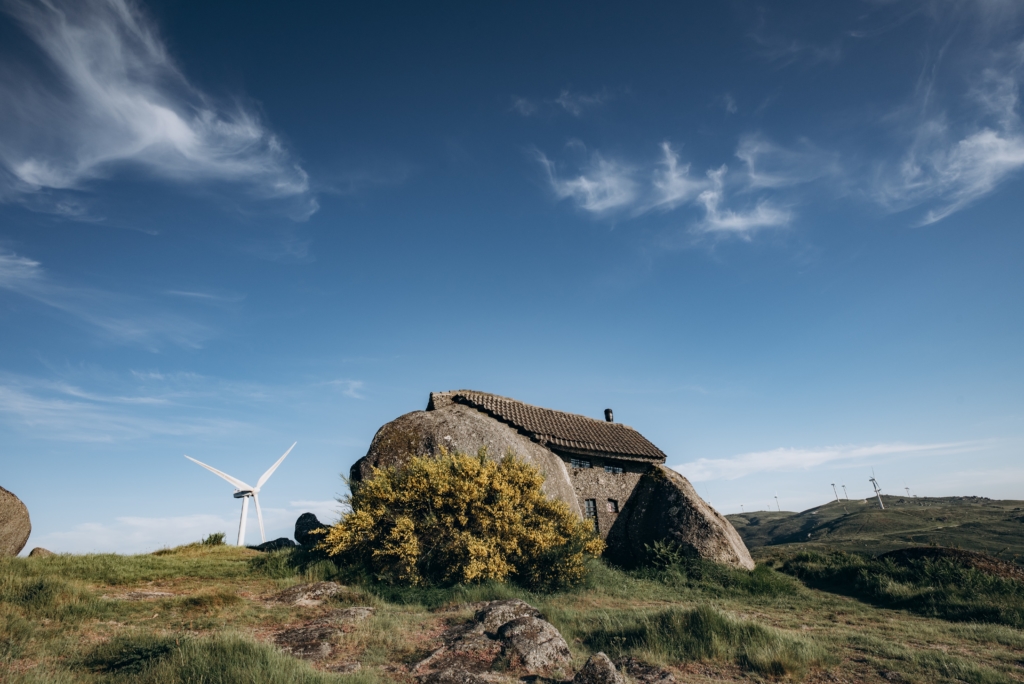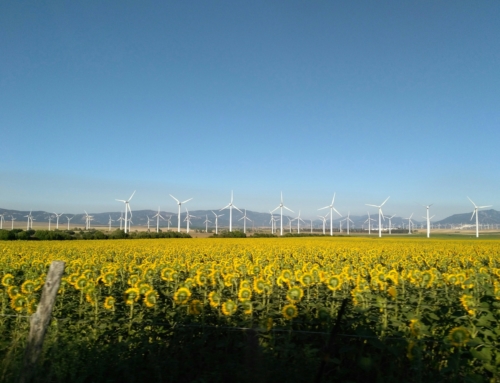Beginning with the invention of sailboats, followed by the creation of the windmill (used for tasks such as grinding grain and pumping water), wind energy made its debut thousands of years ago. Thanks to developments in technology, modern-day wind turbines can collect and transform the kinetic energy produced by the wind into electricity.
The first electricity-generating wind turbine was invented in 1888 in Cleveland, Ohio by Charles F. Brush. The turbine’s diameter was 50 feet and had 144 rotor blades made of cedarwood. The world’s first-ever wind turbine was able to generate approximately 12 kilowatts (kW) of power. Today, the wind industry is booming (especially in the United States), primarily because of rising energy costs and improved technology. In the first nine months of 2020, the U.S. wind industry added 6,309 megawatts (MW) of new wind capacity. The United States now has over 60,000 wind turbines operating across 41 states, Puerto Rico, and Guam, with a combined capacity of 111,808 MW.
Wind power has become an important source of energy generation throughout the world. The United States’ wind power has more than tripled in the past decade, making the U.S. the largest producer of wind energy in the world. During the past ten years, the technology used to harness the power of wind has improved drastically, allowing the United States to increase its wind power capacity by 30% year over year. With the continued growth of the wind power industry, jobs are being added to communities around the country.
What is Wind Energy?
Wind energy is a byproduct of the sun and is created by several factors, including the rotation and topography of the earth, and the sun heating the atmosphere unevenly. Wind energy refers to the process of creating electricity using the wind or air flows that occur naturally in the earth’s atmosphere. Kinetic energy is captured from the wind and is used to create electricity through the use of modern wind turbines.
Types of Wind Energy
There are three main types of wind energy:
- Utility-Scale Wind: This defines wind turbines that range in size from 100 kilowatts to several megawatts, where electricity is supplied to the power grid and distributed to the end-user by electric utilities or power operators.
- Distributed Wind: (also known as “Small” Wind) This applies to wind turbines below 100 kilowatts that are used to directly power a home, farm, or small business that is not connected to the grid.
- Offshore Wind: This term is used for wind turbines that are erected in large bodies of water. These are generally larger than onshore turbines, providing for greater efficiency, making them generate more power.
How is Wind Energy Generated?
Wind power is created utilizing a wind power generator and turbines containing large rotor blades, similar to those on a helicopter. The process entails wind flowing across the rotor blades, creating an aerodynamic force using both lift and drag, causing the rotors to spin. The rotors are attached to the wind turbine generator and a series of gears that cause the rotors to spin even faster. The combination of aerodynamic force and the motion of the generator produces electricity through a wind energy transformation.
What is Wind Energy Used For?
As proven by many sources, there are several ways we can benefit from the use of wind power. Today, many communities use wind farms to provide electricity to their homes and businesses. Farmers also use wind power for grinding grain and pumping water, and wind power has been used for centuries in its natural form for important activities like sailing ships.
To learn more on Wind Energy check out All You Need to Know about Wind Energy Technologies.
Alternative Energy Suppliers
Our mission at Spring Power & Gas is to provide high-quality natural gas and electricity energy plans using innovative strategies that limit our impact on the environment. To find out more about our energy plans, or to sign up, contact Spring Power & Gas today!
You can also learn more about how you can reduce your carbon footprint and live a more sustainable lifestyle by staying tuned here to the Spring Power & Gas Blog.



